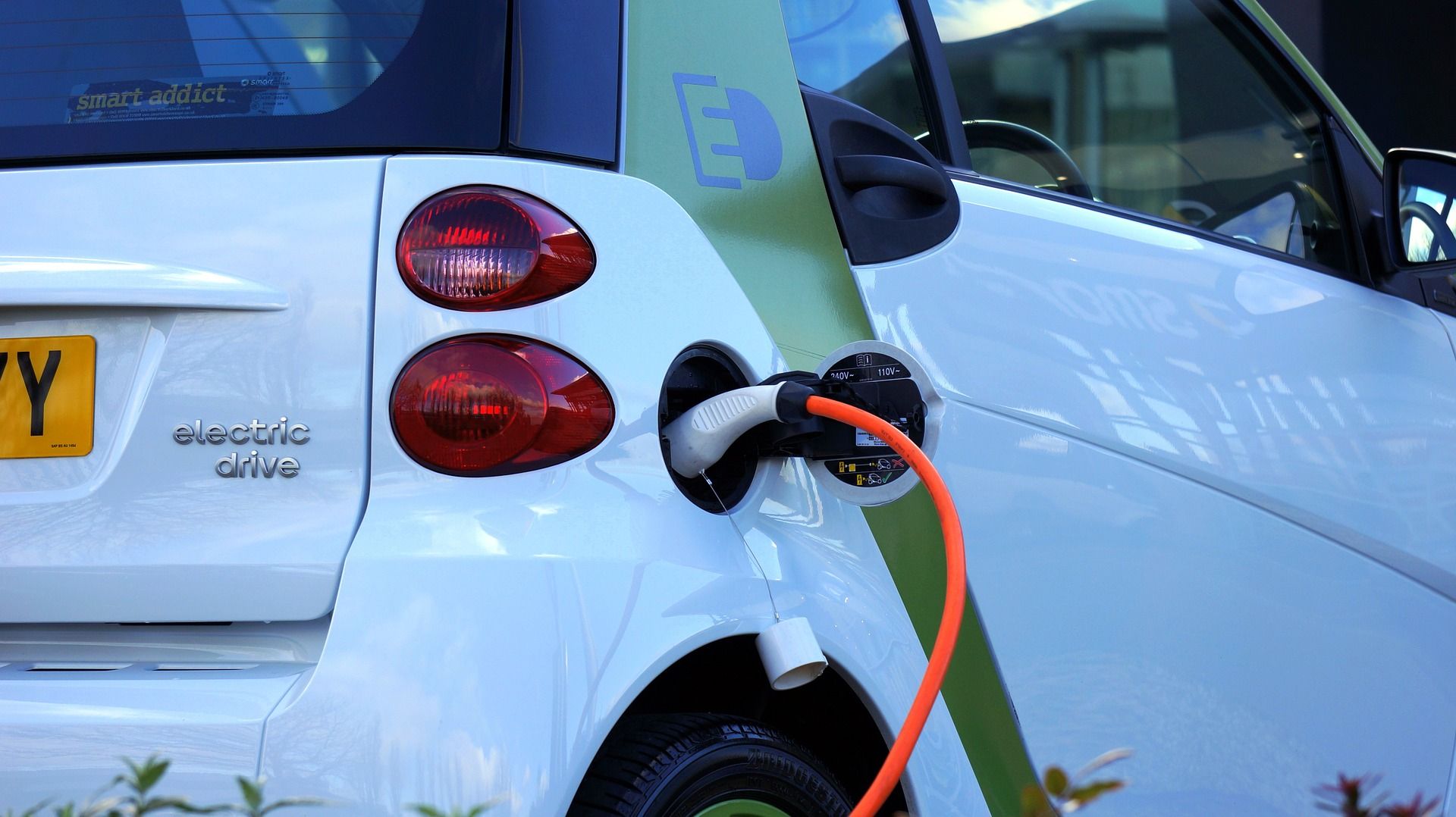In a bid to curb the effects of climate change and cut back on greenhouse gas emissions, the U.S., European Union, and China are all setting goals to increase the average fuel economy of new cars. These three countries are the largest consumers of passenger vehicles in the world, and according to a study published by the World Energy Council, all three will need to substantially boost the adoption of electric vehicles to meet their respective goals.
The study, published this past June as part of a series of assessments on “key issues and technologies in the transport sector,” takes into account improvements in internal combustion efficiency and points to battery electric vehicles (BEVs) and plug-in hybrid electric vehicles (PHEVs) as viable solutions to the issue of decreasing emissions.
“There are a variety of clean vehicle technologies and fuels under development and in use, but electric vehicles represent one of the most promising technologies for reducing oil use and cutting emissions,” the report states. The organization goes on to say that EVs can help boost energy security and improve local air quality.
According to the study, 16 percent of all new cars sold by 2020 will need to be either a BEV or PHEV in order to achieve the stated emissions goals. That’s a massive jump from the current average of less 1 percent, especially in the given four-year timespan.
Continue reading to for the full story.
The Full Story
So basically, what we need to hit the mpg target for 2020 is a 30-percent increase in fuel efficiency. Sounds simple, right?
It’s not.
First off, the study assumes a progressive rate of improvement for the efficiency of internal combustion engine design. It’s quite possible new technologies could up ICE efficiency to levels that rival modern hybrids (for example, Honda has been toying around with engines with differently sized cylinders). Alternatively, mpg improvements could stagnate – we won’t know for sure until 2020.
Secondly, the E.U., U.S., and China will each need to close different sales “gaps” in order to hit their respective numbers. Combined, these three consumers gobble up 40 million passenger vehicles a year, but individually, the E.U. is gonna need 1.4 million EVs (10 percent of sales), and the U.S. is gonna need 0.9 million EVs (11 percent of sales). China has the biggest gap to close, requiring a whopping 5.3 million new EVs (22 percent of sales).
So what’s the study suggest as next steps to take?
First up, it recommends automakers join ranks with the utility providers to provide streamlined energy/transportation solutions for consumers. Consumers, on the other hand, must provide adequate feedback to the industry and policy makers to make sure it’s all running smoothly, while policymakers follow through with the carrot-and-stick tactics to make sure the industry is up to snuff.
Appropriately, the study does outline a few potential drawbacks, including increased vehicle cost and the ubiquitous “range anxiety” caused by battery-driven vehicles. Unsurprisingly, the report points to technological advance as the primary solution to these problems.
Another issue is infrastructure growth. In order to support the extra draw of millions of new EVs, the existing electricity grid will need to expand, with an additional 3.7 TWh required in the E.U., an extra 4.5 TWh in the U.S., and an extra 26.2 TWh in China. Overall, that’s not an enormous increase in the current generation levels, but it’s still something to consider (particularly if you’re China).
Taking A Second Look
Green house gas emissions and anthropomorphic climate change are undoubtedly major problems, and I think it’s about time governmental bodies take action to address the issues. However, I still feel as though private passenger vehicles are unduly targeted as one of the primary agents of these problems.
For example, the study from the WEC states that “road transport is responsible for approximately one quarter of all greenhouse gas emissions” in the U.S. This is misleading. The statement could be true if you include all forms of transportation, like ships, trains, and planes, but if you’re talking about just private passenger vehicles, the percentage is more like 13 percent.
That’s still no small potatoes, but it’s not a quarter of all GHG emissions. What’s more, do you wanna take a stab at the real biggest producer of GHG emissions? If you guessed electricity generation, then you get a cookie.
That’s right – the electricity you put into an EV isn’t exactly clean, either. It could be if you source it from renewables, but odds are you’re burning something, as most electricity in the U.S. comes from either coal or natural gas (you know, fossil fuels).
Which begs the question – are tightening MPG restrictions and handing over penalties to automakers really the solution? I supposed it couldn’t hurt, but it’s gonna take a whole lot more than millions of new EV’s to fix this thing.

